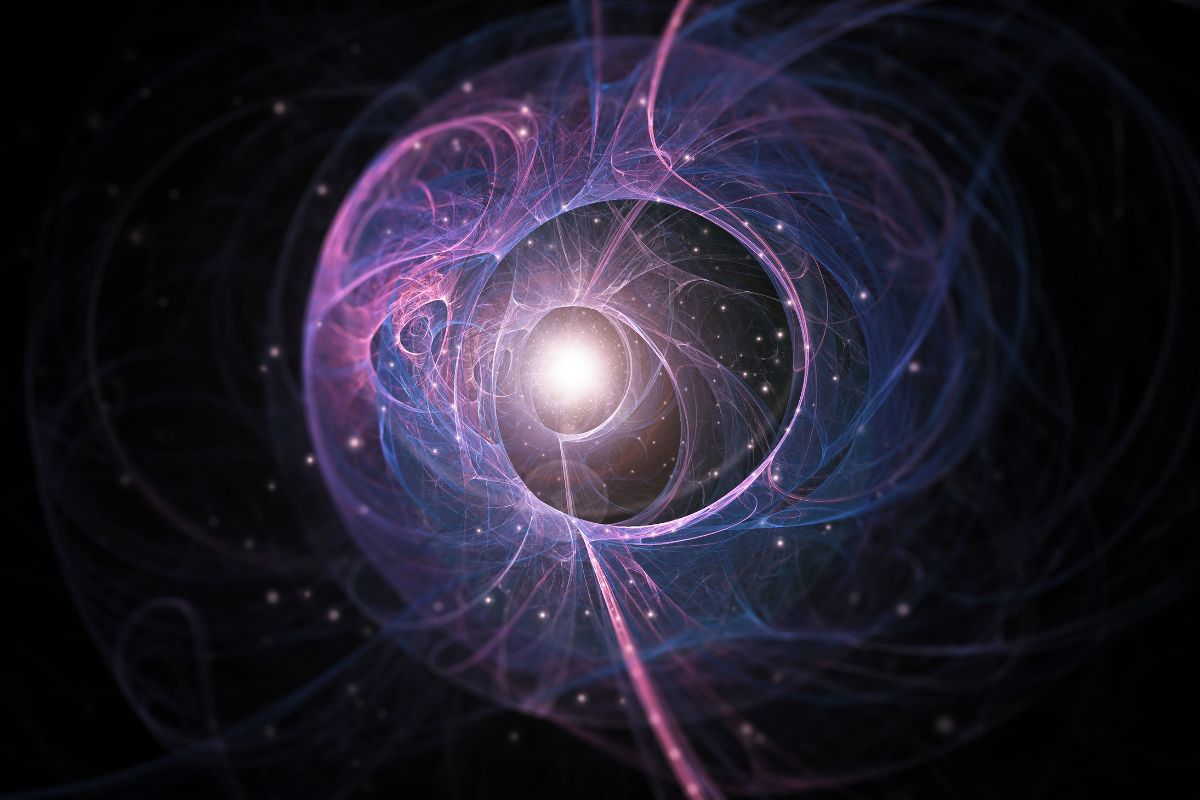Show table of content Hide table of content
The quantum physics community is buzzing with excitement after researchers at Rice University finally observed a phenomenon that had eluded scientists for over 70 years. This breakthrough, recently published in Science Advances is known as the superradiant phase transition (SRPT), represents a significant milestone in quantum mechanics and opens extraordinary possibilities for future technological applications.
The quantum mystery that challenged physicists for decades
In 1954, physicist Robert H. Dicke proposed an intriguing theory suggesting that under specific conditions, large groups of excited atoms could emit light in perfect synchronization rather than independently. This collective behavior, termed superradiance, was predicted to potentially create an entirely new phase of matter through a complete phase transition.
For over seven decades, this theoretical concept remained largely confined to equations and speculation. The primary obstacle was the infamous “no-go theorem,” which seemingly prohibited such transitions in conventional light-based systems. This theoretical barrier frustrated generations of quantum physicists attempting to observe this elusive phenomenon.
Similar to how scientists have invented a new color that only five people in the world can see, this quantum phenomenon remained hidden from observation despite being mathematically predicted. The challenge of creating suitable experimental conditions appeared nearly insurmountable for decades.
Quantum mysteries often require extreme environmental conditions to manifest. The SRPT discovery follows this pattern, requiring researchers to push experimental parameters to extraordinary limits, much like other recent breakthroughs in quantum science.
Magnons and frozen crystals: how researchers achieved the impossible
On April 4, 2025, everything changed when Rice University scientists published their groundbreaking findings in Science Advances. Their experiment successfully induced and observed the superradiant phase transition in a solid material under extreme conditions.
The team utilized a crystal composed of erbium, iron, and oxygen, cooled to a mere -271.67°C—just thousandths of a degree above absolute zero. They then subjected this crystal to a magnetic field approximately 100,000 times stronger than Earth’s natural field, creating an environment where quantum effects could dominate.
Science This strange red lake in Tanzania turns animals to ‘stone’.
Within this highly controlled setting, researchers observed two subsystems of particles—iron and erbium ions—entering a state of perfectly coordinated collective fluctuations. However, unlike Dicke’s original prediction involving light interactions, these particles communicated via magnetic waves called magnons.
These magnons—collective excitations that propagate through the magnetic moments (spins) of particles—effectively substituted for the quantum vacuum fluctuations in Dicke’s model. This innovative approach allowed researchers to circumvent the theoretical limitations that had previously prevented the observation of SRPT.
The breakthrough shares conceptual similarities with other scientific discoveries where natural boundaries were overcome through innovative approaches, such as when the United States managed to solve a triple problem that was preventing the development of hydrogen-powered airplanes—both required thinking beyond conventional limitations.
Revolutionary implications for quantum computing
Beyond its theoretical significance, this quantum breakthrough has profound practical implications, particularly for quantum computing. The SRPT phenomenon naturally stabilizes “squeezed quantum states” where quantum noise—the persistent challenge that makes qubits unreliable—is substantially reduced.
This discovery could lead to significantly more stable qubits with reduced error rates, more precise measurements for quantum sensors and ultra-sensitive experiments, and potentially faster logical gates for future quantum computers. The collective nature of SRPT offers inherent protection against decoherence, one of the primary obstacles in current quantum technologies.
Instead of managing individual qubits, engineers might leverage systems that self-stabilize through internal interactions. This approach promises improvements in reliability, quantum information lifespan, and the miniaturization of future processors.
The importance of such stability in quantum systems parallels the significance of emotional intelligence in human interaction. Just as nearly 60 years ago, a psychologist discovered the 7-38-55 rule to improve emotional intelligence, this quantum discovery establishes fundamental principles that could transform our technological capabilities.
The future landscape of quantum technology
While this observation represents a fundamental breakthrough, significant work remains before SRPT becomes an industrial tool. According to Dasom Kim, co-author of the study, “This discovery could revolutionize quantum sensors and computing technologies by substantially improving their fidelity, sensitivity, and performance.”
Science These people were paid not to use Google, yet they couldn’t resist.
The race for quantum supremacy involves substantial stakes across multiple domains—from climate modeling to cybersecurity. This resurrected theory might prove to be one of the decade’s most significant scientific surprises, enabling a new generation of quantum technologies previously considered impossible.
Sometimes, the most profound discoveries come from unexpected places. Just as researchers discovered mysterious spheres deep in the forest that challenged conventional understanding, this quantum breakthrough emerged from extreme conditions that revealed new physical realities.
The observation of SRPT represents not just a validation of decades-old theoretical work but opens entirely new research directions. The quantum future suddenly looks brighter—and more coherent—than ever before, with applications potentially extending to fields not yet imagined.


